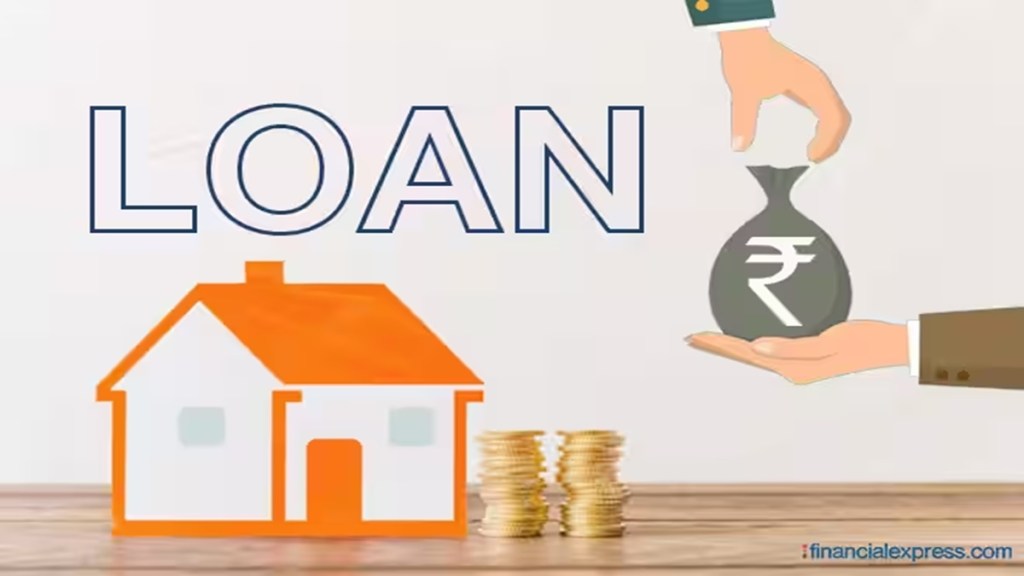The Reserve Bank on February 7 cut the repo rate, at which it lends to the commercial banks, by 0.25 percentage point to bring down the key benchmark rate to 6.25%. This reduction means banks’ borrowing costs will come down, which will ultimately result in lower rates on loans, including home and other personal loans.
RBI Governor Sanjay Malhotra, in his maiden monetary policy review of the central bank, announced that after a detailed assessment of the evolving macroeconomic and financial developments and the economic outlook, the rate-setting panel of the central bank unanimously decided to cut the repo rate, paving the way for banks to replicate the rate cut for loan borrowers by a similar margin if not more.
The central bank has also lowered the standing deposit facility (SDF) rate to 6%, the marginal standing facility (MSF) rate and the bank rate to 6.5% from 6.75%. The MPC also decided unanimously to continue with the neutral stance and remain unambiguously focused on a durable alignment of inflation with the target while supporting growth, the governor said.
The central bank started hiking the repo rate in the post-Covid era to absorb the excess liquidity in the economy and curb inflation. After seven consecutive hikes in the repo rate, the central bank applied brake in February 2023 and since then maintained the status quo at a 6.5% interest rate, which resulted in all banks and non-bank lenders taking their lending rates to multi-year highs. Now that the government has initiated measures to boost consumption through income tax relaxations and the RBI cutting rates, the middle class, especially will heave a sigh of relief.
Also read: Rs 25 lakh salary & Rs 50 lakh home loan can save you Rs 11,461 per month: BankBazaar
But it is still to be seen how banks respond to this RBI rate cut and how soon they give relief to home and personal loan borrowers. In the past, we have seen that the government and the RBI had to nudge banks to give the benefit of rate cuts to borrowers as the lenders showed unwillingness to pass on the cuts.
“Banks and housing finance companies may take some time to fully transmit the benefits of this rate cut to borrowers, depending on their policies and rate cycle,” says Atul Monga, Co-Founder and CEO, BASIC Home Loan.
Both existing and new borrowers under floating rate loans stand to benefit from lower interest rates, improving loan affordability and accessibility, he added.
This will not benefit fixed-rate loan borrowers, as their rates get fixed at the beginning and continue without change throughout the loan tenure.
Here, we will understand what the impact will be on home loan EMIs for a borrower if their bank cuts the home loan interest rate by a similar margin of 25 bps.
Let’s take two examples to understand the impact on EMIs as bank interest rates for home loanss vary from bank to bank. Most top PSU and private banks are currently charging interest rates from borrowers in the range of 8.75% to 9.55%.
Suppose a person has taken a home loan of Rs 50 lakh from a bank for 30 years at an 8.75% interest rate. If the borrower’s bank slashes the rate by 25 bps, his interest rate would come down to 8.5%. With a 25 bps adjustment, the EMI amount will reduce from Rs 39,335 to Rs 38,446, a benefit of Rs 889 per month through EMI reduction.
In the second case, let’s suppose another borrower pays an interest rate of 9.55% currently on their Rs 50 lakh loan taken for 30 years. So if the 25 bps rate cut is factored in, the EMI amount comes down from Rs 41,315 per month to Rs 42,225 per month, a benefit of Rs 910.
| Lender | Loan Amount | Loan Tenure | Current Interest Rate | EMI | New Interest Rate (.25bps) | Revised EMI |
| Bank #1 | 50lacs | 30yrs | 8.75% | 39335 | 8.50% | 38446 |
| Bank #2 | 50lacs | 30yrs | 9.55% | 42225 | 9.30% | 41315 |

